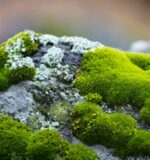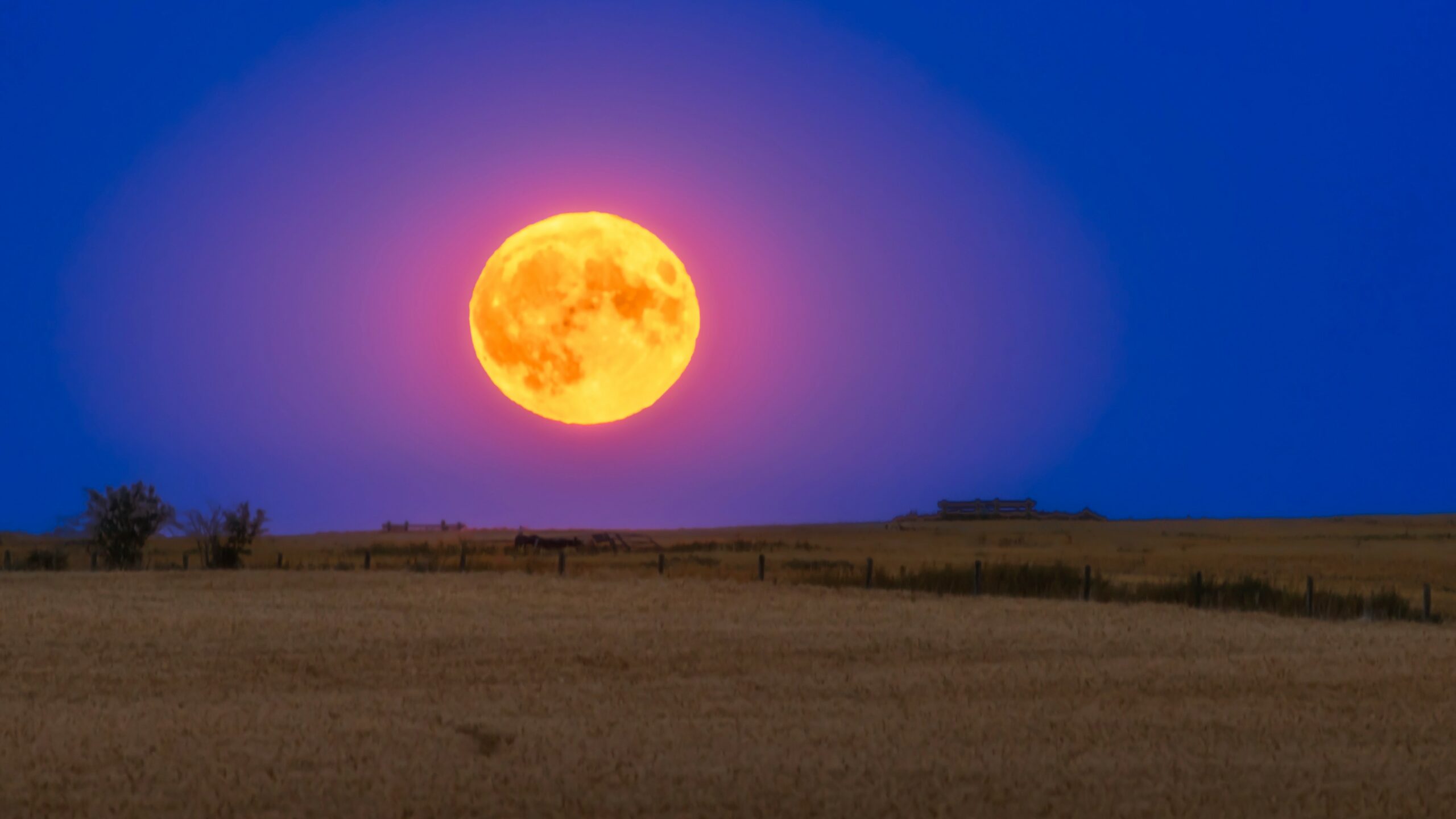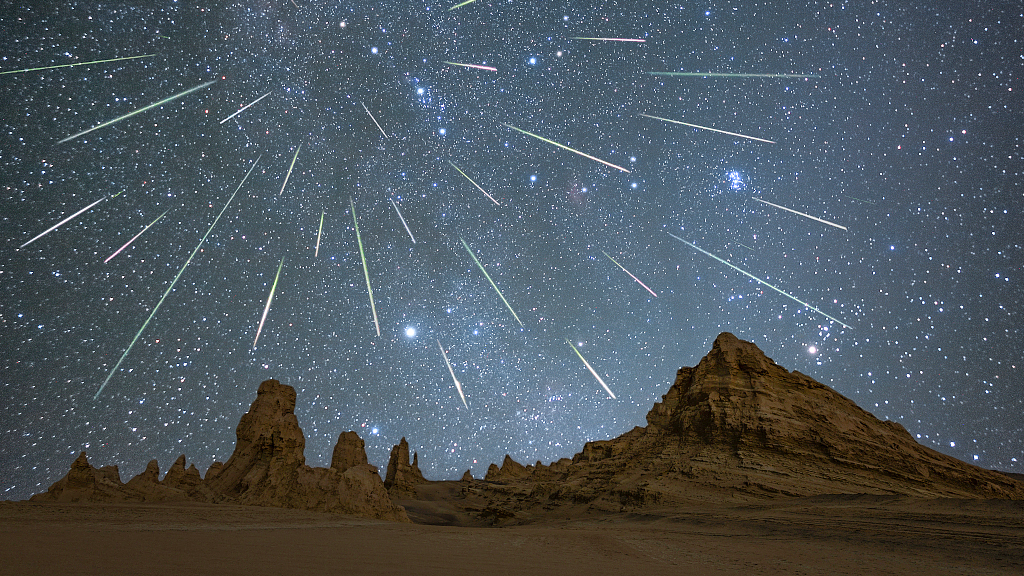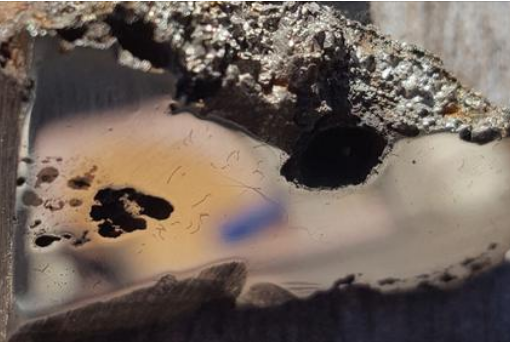In the grand theater of nature, where towering trees and vibrant flowers often steal the spotlight, an unexpected hero has emerged from the shadows. Moss, the humble green carpet that blankets our world, is finally getting its moment in the sun. Recent scientific discoveries have unveiled the crucial role these tiny botanical wonders play in ecosystems worldwide, proving that sometimes, the mightiest forces come in the smallest packages.
A groundbreaking study has revealed the true extent of moss’s global reach. Researchers embarked on an ambitious expedition, investigating over 100 sites across eight diverse ecosystems. Their findings were nothing short of astonishing: moss covers an estimated 3.6 million square miles of our planet – an area roughly equivalent to the entire landmass of Canada. This green empire silently thrives, often overlooked but undeniably essential.
What sets moss apart from its plant cousins is its unique approach to survival. Unlike conventional plants with their complex vascular systems, moss has developed an ingenious method of hydration. These miniature marvels act as nature’s sponges, directly absorbing water from the atmosphere. This adaptability allows moss to thrive in environments where other plants struggle to survive.
In the harshest of conditions, moss truly shines. Some species, particularly those found in Australia’s arid regions, have mastered the art of survival. When faced with extreme drought, these resilient plants don’t wither and die. Instead, they curl up into tight balls, entering a state of suspended animation. This remarkable ability to “pause” life has been observed in moss samples over a century old. When rehydrated, these ancient plants spring back to life, defying our understanding of plant longevity.
The environmental impact of moss extends far beyond its own survival. These green champions play a vital role in nutrient cycling, significantly boosting levels of nitrogen, phosphorus, and organic matter in the soil. When compared to moss-free areas, the soil beneath these verdant carpets showed superior nutrient balance and carbon storage capabilities. This makes moss an unexpected ally in the fight against climate change, as it efficiently sequesters carbon dioxide from the atmosphere.
But the benefits don’t stop there. The study also revealed moss’s prowess in disease control. Areas rich in moss showed a marked decrease in potential plant pathogens lurking in the soil, acting as a natural defense system for entire ecosystems.
Moss also proves to be nature’s master landscaper. With their intertwining roots, these plants act as soil engineers, creating stable surfaces that allow a diverse array of plant life to flourish. In challenging environments like deserts and tundras, where trees fear to tread, moss steps up to the plate. These hardy organisms dominate such harsh landscapes, fostering biodiversity in seemingly inhospitable regions.
In the aftermath of major ecological disturbances, such as volcanic eruptions, moss emerges as a pioneer of regeneration. Alongside resilient cyanobacteria and algae, moss quickly colonizes barren landscapes, kickstarting the process of ecosystem recovery.
Some moss species have developed extraordinary adaptations to low-light conditions. The “dragon’s gold” moss, for instance, has become famous for its bioluminescent properties. This species has evolved specialized cells that maximize light absorption and reflection, creating a mesmerizing emerald glow in dark environments like caves.
Moss doesn’t just illuminate caves; it also provides crucial habitats for wildlife. In Ontario, Canada, spotted turtles seek refuge under sphagnum moss during harsh winters. This symbiotic relationship highlights the interconnectedness of ecosystems and the vital role moss plays in supporting biodiversity.
Recent research has even suggested that moss might have been Earth’s first land plant. While previous theories proposed that the first terrestrial plants were simple organisms, new evidence indicates that these pioneers were surprisingly complex. Mosses, along with hornworts and liverworts, likely emerged as the vanguard of plant life on land, paving the way for the lush, green world we know today.
For gardening enthusiasts, moss offers exciting possibilities. Whether used as a living carpet, perched on ledges, or attached to rocks, moss can transform outdoor spaces into enchanting, low-maintenance oases. Indoor gardeners can also harness the power of moss in terrariums, containers, or as stunning living walls.
Two main types of moss are popular for cultivation: acrocarpous moss, which grows vertically with delicate stems, and pleurocarpous moss, which spreads horizontally like a lush carpet. Each type offers unique aesthetic and practical benefits for different gardening projects.
Choosing moss over traditional plants comes with numerous advantages. It’s incredibly low-maintenance, requiring minimal water and no fertilizers. This not only saves time and resources but also prevents harmful chemicals from seeping into the soil. Additionally, moss acts as a natural air purifier, absorbing pollutants and releasing clean air, making it an excellent choice for indoor cultivation.
For those interested in growing moss, timing is key. Early spring, with its low-angled sunlight and moist ground conditions, provides an ideal starting point for outdoor moss gardens. Indoor moss cultivation offers year-round possibilities, provided you can maintain appropriate light, moisture, and temperature conditions.
As we uncover more about the mighty moss, it becomes clear that these tiny plants play an outsized role in our world’s ecosystems. From purifying our air and soil to pioneering life in barren landscapes, moss truly is nature’s unsung superhero. So the next time you come across a patch of this vibrant green carpet, take a moment to appreciate the quiet strength and beauty of moss – nature’s mighty miniature marvel.









 Photographer Finds Locations Of 1960s Postcards To See How They Look Today, And The Difference Is Unbelievable
Photographer Finds Locations Of 1960s Postcards To See How They Look Today, And The Difference Is Unbelievable  Hij zet 3 IKEA kastjes tegen elkaar aan en maakt dit voor zijn vrouw…Wat een gaaf resultaat!!
Hij zet 3 IKEA kastjes tegen elkaar aan en maakt dit voor zijn vrouw…Wat een gaaf resultaat!!  Scientists Discover 512-Year-Old Shark, Which Would Be The Oldest Living Vertebrate On The Planet
Scientists Discover 512-Year-Old Shark, Which Would Be The Oldest Living Vertebrate On The Planet  Hus til salg er kun 22 kvadratmeter – men vent til du ser det indvendigt
Hus til salg er kun 22 kvadratmeter – men vent til du ser det indvendigt  Superknepet – så blir snuskiga ugnsformen som ny igen!
Superknepet – så blir snuskiga ugnsformen som ny igen!  Meteorite That Recently Fell in Somalia Turns Out to Contain Two Minerals Never Before Seen on Earth
Meteorite That Recently Fell in Somalia Turns Out to Contain Two Minerals Never Before Seen on Earth  Nearly Frozen Waves Captured On Camera By Nantucket Photographer
Nearly Frozen Waves Captured On Camera By Nantucket Photographer  It’s Official: Astronomers Have Discovered another Earth
It’s Official: Astronomers Have Discovered another Earth 